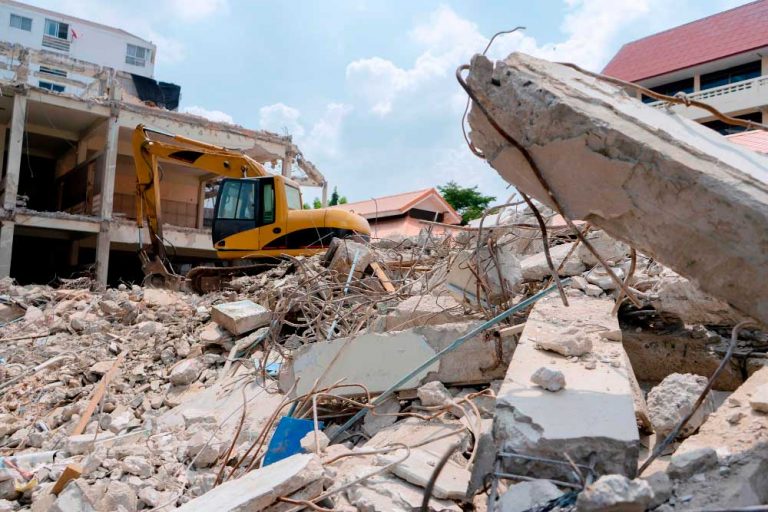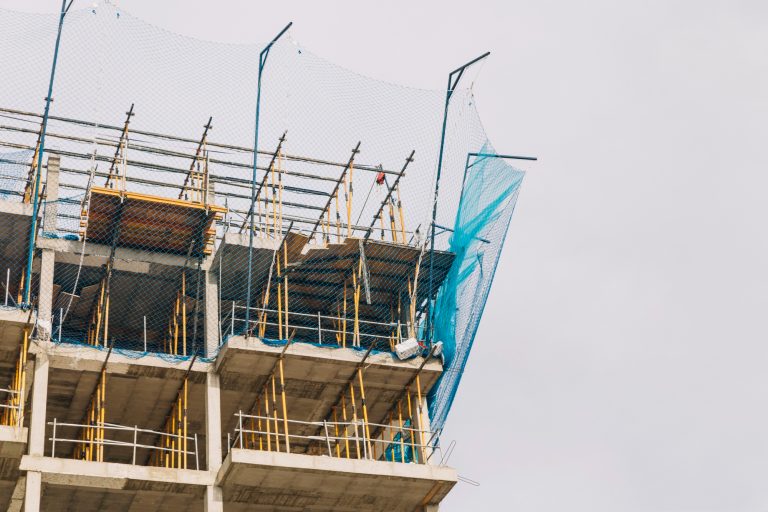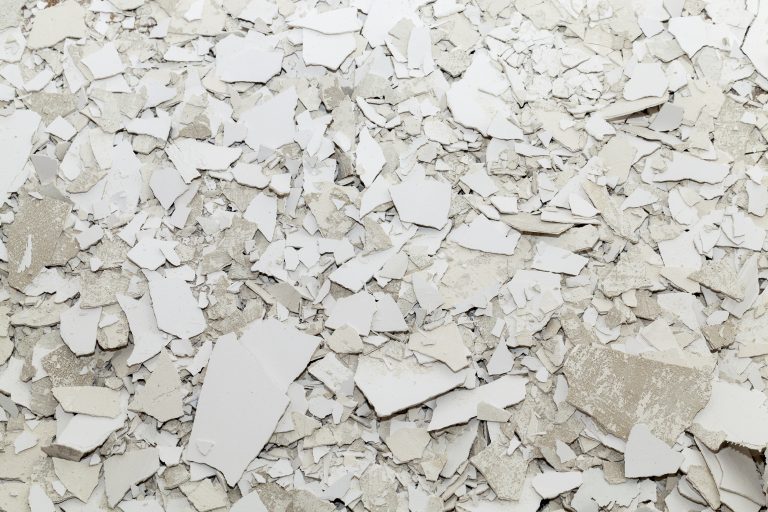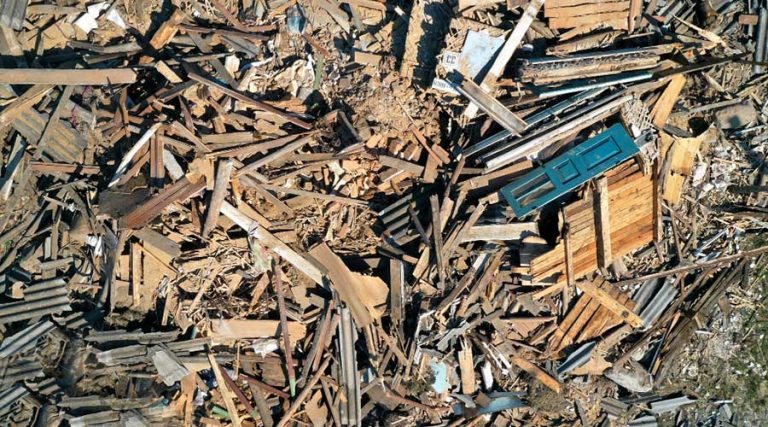Margareta Wahlström, a partner on the ICEBERG project, is Senior Scientist at VTT Technical Research Centre of Finland Ltd. She is coordinating VTT´s activities in ICEBERG. Her key expertise is in the waste and material management operational environment, not only including policy implementation and measures to increase recycling, but also related to recycling technologies, environmental impact assessment and material stream analyses. The focus is on the impact of the EU waste and product regulation on recycling and the circular economy, instruments and measures to reach circular economy targets and how policies can support the transition to a circular economy.
Wahlström is a member of several EU and national expert groups (e.g. related to hazardous substances in products and waste) and has also participated actively in several standardisation work groups (e.g. the European Organisation for Standardisation, CEN/TC 351). In recent years, she has been coordinating numerous projects, especially related to policy actions for the efficient management of construction and demolition waste.
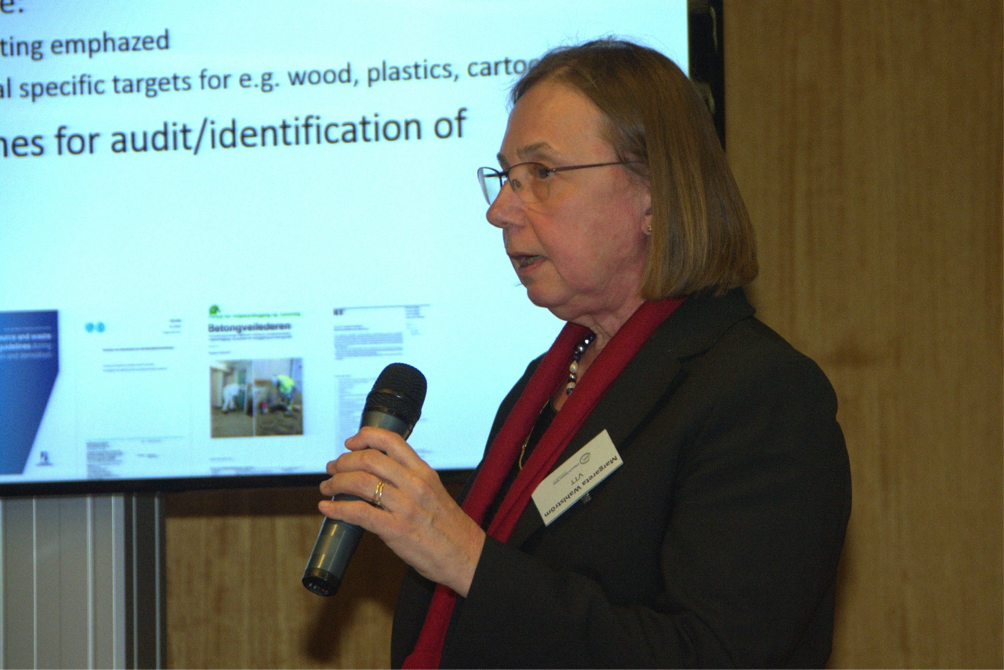
What specific activities are you working on as part of the ICEBERG project?
We are involved in almost all of the ICEBERG work packages. In terms of specific activities, VTT is leading the task on producing raw materials from wood waste, as well as the work package on policy recommendations. In wood recycling, we are working closely with our Finnish partners, Purkupiha (demolition company) and Ismo Tiihonen (wood chip processing), Megaresin in Greece (resin manufacturer), Tecnalia (support for resin development) and Soprema in France (resin end-user).
Our ongoing collaboration in the ICEBERG project alongside our Finnish partners includes:
- Creation of a traceability system (RFID, BIM) to support the re-use of wooden products
- Resource mapping/waste auditing, collection of wooden materials from demolition and processing of wood waste for recovery processes
- Turning wood waste into new products (closing the loop): insulation materials and resin (lignin fraction pyrolysis)
- Demo (storage hall) use of recovered material
- Further development of the market place platform
- Recommendations for regulatory actions and policy instruments to foster high-quality re-use and recycling
What do you expect ICEBERG to contribute to the construction and demolition sector? Describe some significant achievements.
There are already EU and national strategies in place for supporting Circular Economy solutions in the construction sector. However, we still lack knowledge on how to put high quality recycling solutions into practice. The EU recovery rate for construction and demolition waste is over 80 % but the recycling rate is dominating with the use of mineral waste, often in low grade applications. Here, innovative solutions for key streams need to be demonstrated to provide information on the enabling factors and removal of barriers (regulatory, technical, economic, social) for the successful deployment of the technologies developed.
Implementation of new solutions needs to cover all steps in the value chain. In future, the role of product information will increase and there are demands for digital product passports that include information on recyclability and potentially hazardous substances. Traceability tools to be used in selective demolition and further material management will also provide confidence in the raw materials to be used in innovative technologies that are now being tested in real operating conditions in the ICEBERG project.
34 partners with different roles in the value chain are involved in the ICEBERG project.
This allows for discussions on possibilities for the successful uptake of innovative technologies in practice. In this context, I would point out that it is crucial to establish contacts with other ongoing EU and national sister projects (working with new technologies and concepts to increase the circularity of C&DW) in the development of policy recommendations to exchange information, experiences, and views in order to identify the most effective solutions to achieve circularity in the construction sector from a policy perspective. Communication with all stakeholders is the base for solutions that can be put into practice.
Fast pyrolysis for the circular economy: from wood waste to biophenols for resins
In the EU, around 70% of wood is used in construction and furnishing. In Finland, the proportion of wood waste from the total C&DW generated is more than 20 % due to the high amount of wood used in construction. The use of wood as a construction material has also been fostered in recent Finnish strategies, aiming to reduce Finland’s carbon footprint by 2030.
The current recycling rate of wood waste is still low in the EU, mainly clean production wood waste recycled in particle boards in some countries. Recovered wood is mainly used for energy production. The main challenges for wooden materials lie in cheap raw materials (abundance of timber in Finland), impurities from use (nails, glue, paint) or quality deterioration (e.g. moulds). In relation to pure construction wood waste, there is also a lack of manufacturing plants for particle boards (long distances). Use of wood waste as a source for lignin is therefore an interesting option that is now being explored in the ICEBERG project.
What would you say are the critical aspects of this sector in which changes should be introduced to progress towards circularity? In your opinion, what are the technical and other difficulties that need to be overcome for this transformation?
The key technical issue is the quality of the raw materials recovered from buildings, setting requirements for the identification of hazardous substances as well as impurities which later hamper recyclability. A stable supply of feed is also important for investment in new technologies. For example, minimum feedstock is required for economic processing or separate collection arrangements can be a challenge in areas with low housing densities, particularly for low-cost materials such as wood waste. Economic factors (price, cost of collection, sorting, etc.) also play a role, as waste- derived materials are not necessarily competitive in term of costs with respect to primary materials, even when waste is traded at negative prices. Sufficient information on materials can also be a critical barrier for uptake, even when both demand and good quality supply do exist. New business models also need to be considered.
Furthermore, attention should be paid to the stakeholders in this context (who pays what, role of legislator in market pull through financial support for re-use/recycling or bans), such as how costs are covered by them (e.g. building owners, demolition company, recyclers, constructors, government support).
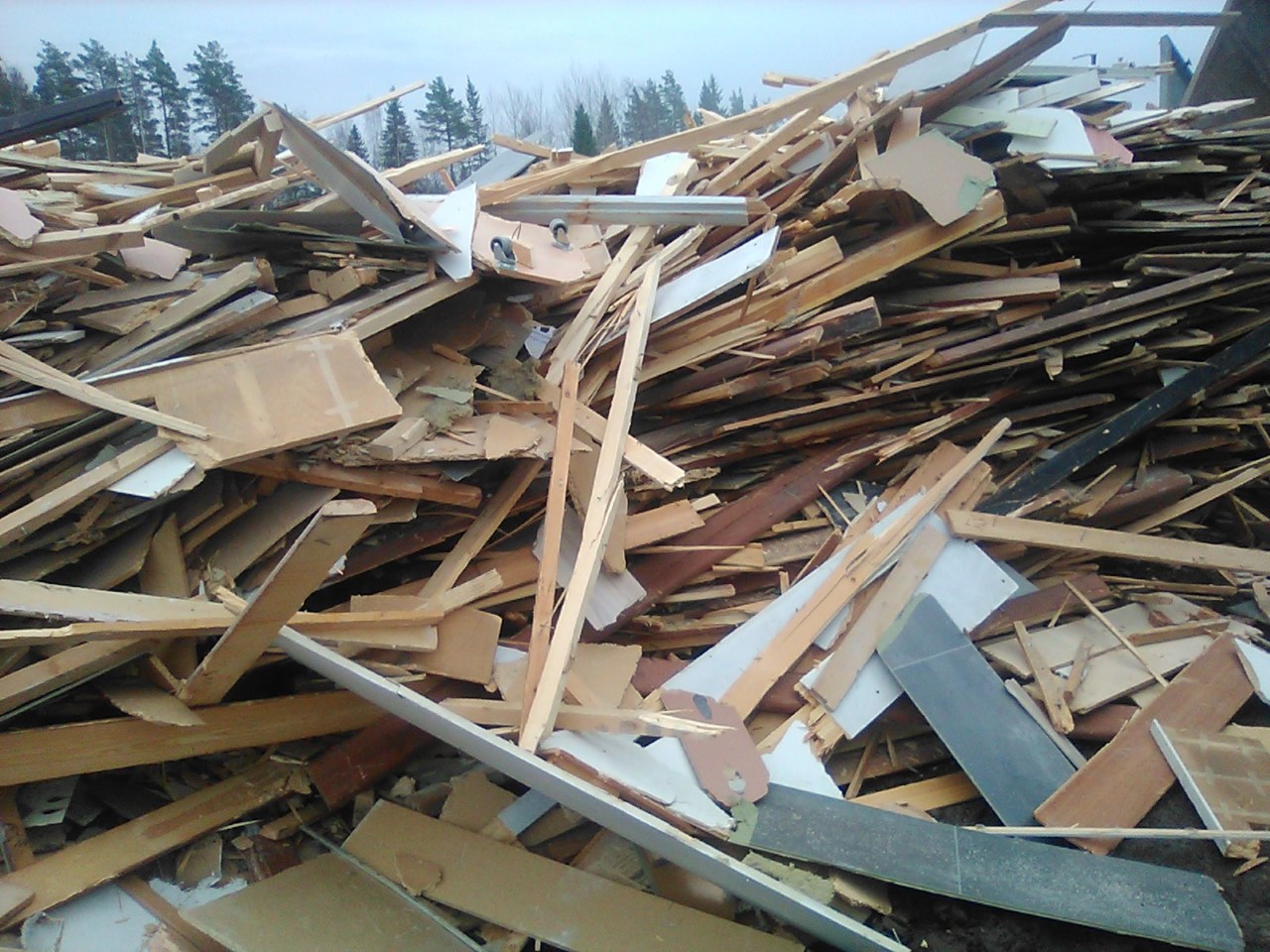
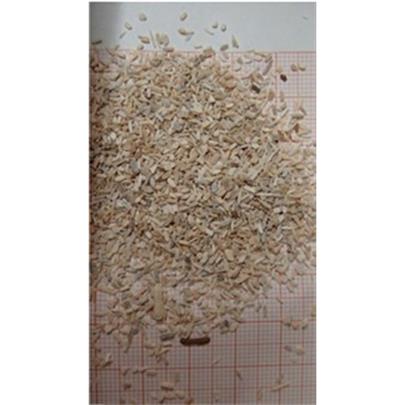
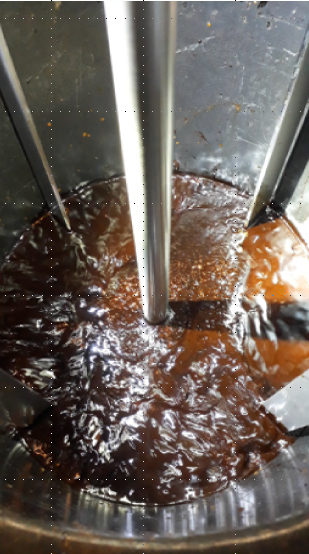
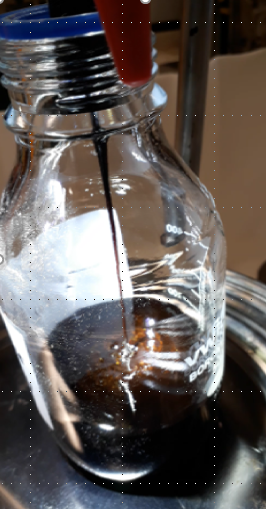
In your opinion, to what extent can demonstration in full scale and green public procurement help in fostering circular solutions in the construction sector?
We need demonstrations in full scale and therefore the use of innovative technologies should be promoted in the public building sector. Use of green public requirements for the uptake of high grade solutions could also be included. Municipalities can set requirements for circular economy solutions in the construction sector by calling for, e.g. the use of recycled and/or recyclable construction materials in building, design for disassembly principles in construction and demanding resource mapping, and re-use and recycling in the demolition phase, among others.
Another issue is raising awareness of CE solutions in construction, e.g. training in CE construction solutions at universities (actions at a municipal and national level) and the training of professionals in business (constructors, designers, authorities, consultants).
Do you believe that circular construction within the framework of the circular economy is possible in the medium term?
It is easy to require circular economy solutions in the design of new construction products and new buildings, for example, facilitating the use of sustainable materials, simple maintenance, easily changing the intended use of buildings and therefore later ensuring an increased life-span. It is also important to ensure that information on products used in buildings is stored and available when needed.
In existing buildings, a longer time perspective for the implementation of circular economy solutions is required. Key actions are the extension of the lifetime of existing buildings and fostering circular economy solutions in renovation, e.g. by using sustainable products and materials. In demolition work, the recovery of materials for high grade solutions should be promoted. ICEBERG provides good examples of potential solutions. However, materials and products containing hazardous substances should be removed and not circulated into new products.
Any other thoughts?
Hace ya 10 años que estudio español. Paso parte de mis vacaciones en Mallorca. La tipología de los edificios y la selección de material difiere de los países nórdicos. Creo que las soluciones de economía circular deben ser específicas para cada país.
I have been studying Spanish for 10 years and I spend part of my holidays in Majorca. The type of buildings and selection of materials differs from the Nordic countries. I believe that circular economy solutions should be specific to each country.


